Wolf Population on Isle Royale Drops to Lowest It Has Ever Been
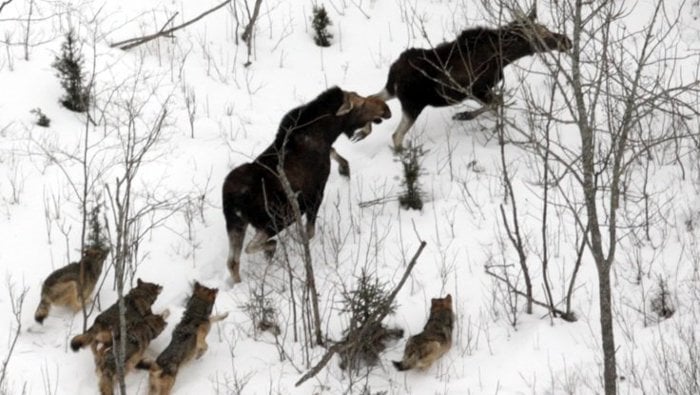
A year ago, during their 2011 Winter Study, Michigan Technological University researchers John Vucetich and Rolf Peterson counted 16 wolves on Isle Royale, an island National Park in northwestern Lake Superior. When they returned in January 2012, they found nine.
“The wolves of Isle Royale are at great risk of extinction,” says Vucetich, a population biologist at Michigan Tech and lead researcher on the wolf-moose study, the longest-running predator-prey study in the world. “Their numbers have never been lower, and the warmer winters caused by climate change make it less and less likely that an ice bridge from the mainland will enable new wolves to reach the island.”
The weather during this year’s winter study was very mild with relatively little snow, which usually works to the advantage of moose. The average daily snow depth was 36 centimeters, well below the 1974-2011 average of 44 centimeters. In early March, warm weather quickly reduced the snowpack, Vucetich and Peterson note in their just published annual report.
During the 54th winter study this year on Isle Royale, Vucetich and his colleague, Rolf Peterson—who headed the wolf-moose study for decades—estimate that only one wolf pup survived from 2011. Another dire discovery: there may only be one female wolf left, lowering the likelihood that new pups will increase the wolf population there.
The scientists observed no mating behavior in Chippewa Harbor Pack, the only wolf pack left on Isle Royale. Another pair of wolves, dubbed the West End Duo, did mate. “So in about 55 days, if all goes well for those wolves, there will be another pack,” says Vucetich.
Predictably, with fewer predators, the moose population is increasing. The scientists, who count moose during their annual winter study, believe there are now approximately 750 moose on Isle Royale.
Despite increasing numbers of potential meals, the wolves’ predation rate—the annual moose mortality from wolves—dropped to 3.3 percent, the lowest ever observed. The scientists know of six moose killed by wolves during the 44 days of the winter study. “This rate is lower than the long-term average kill rate and very low given what we would expect for the number of moose per wolf on Isle Royale this year,” Vucetich says.
This is due in part to the fact that old, vulnerable moose—the easiest prey for wolves to kill—are becoming rarer, and that trend is expected to continue for the next five to ten years. Another factor is the severe genetic inbreeding of the Isle Royale wolves, which may be undermining their overall viability.
“This was a good year for the moose,” says Vucetich. But, as the number of wolves and their kill rate drops, the growing numbers of moose may become their own worst enemy. Ultimately, a moose population uncontrolled by their natural predators, the wolves, could overbrowse and starve. This has already happened twice on Isle Royale in the past century, once before there were wolves and again after the wolves were decimated by parvovirus in the 1980s.
In the 1980s, a pet dog brought to the island by a visitor introduced canine parvovirus, nearly decimating the wolf population on the island.
“The tipping point will come when the wolves are gone,” the scientists say.
What needs to happen to restore the balance? For the wolf population to thrive, they need to reproduce. They also need a lower mortality rate—mortality was very high in the past year, when nearly half of the wolves died. “That is a little mysterious,” says Peterson. “Disease is a possibility. Parvovirus is back, and it may be having an effect.”
During the past year, the scientists also conducted their first in-depth comparative studies of wolf-prey relationships on Isle Royale, at Yellowstone National Park and Banff National Park in Canada, and in southern Sweden. They found that different environments have different impacts on the wolves that live and hunt there.
“Ecosystems are something like people,” Vucetich observes. “It is difficult to know whether they are better characterized by their similarities or their differences?”
The annual report can be seen at https://www.mtu.edu/news/files/AnnualReport_2012.pdf.
The wolf-moose predator-prey study is supported by the National Park Service, the National Science Foundation, Dick and Bonnie Robbins, and the Robert Bateman Endowment of the Michigan Tech Fund.
Michigan Technological University is an R1 public research university founded in 1885 in Houghton, and is home to nearly 7,500 students from more than 60 countries around the world. Consistently ranked among the best universities in the country for return on investment, Michigan's flagship technological university offers more than 185 undergraduate and graduate degree programs in science and technology, engineering, computing, forestry, business, health professions, humanities, mathematics, social sciences, and the arts. The rural campus is situated just miles from Lake Superior in Michigan's Upper Peninsula, offering year-round opportunities for outdoor adventure.
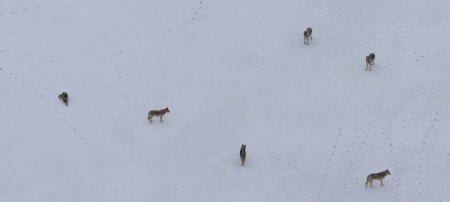
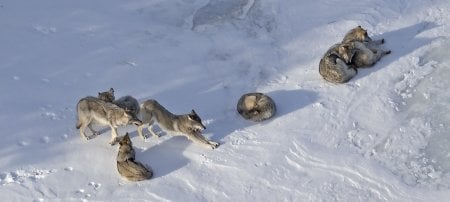
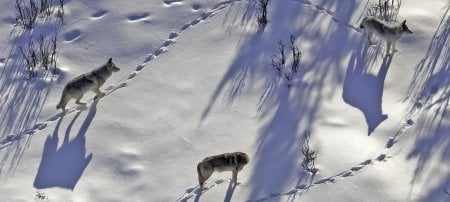
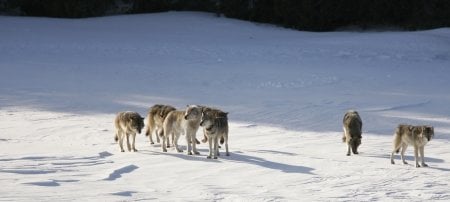
Comments